| Company: | FSUE KONSTRUKTORSKOYE BYURO MASHYNOSTROYENIYA - KBM |
|---|
| URL: | |||||
|---|---|---|---|---|---|
| e-mail: | kbm@kolomna.ru | ||||
| Type of activity: |
| ||||
| Contact: | Nikolay Gushchin, Director |
| Address: | 42, Oksky prospect | |
|---|---|---|
| Country: |  RUSSIA RUSSIA | |
| Phone: | (+7 096-61) 3-32-77 | |
| Fax: | (+7 096-61) 3-30-64 |
|
The Design Bureau of Machine-Building (KBM) was founded in April 1942 as a Special Design Bureau (SKB); its primary task was the development of mortars and recoilless rifles. Its specialization shifted to guided missile systems in 1956. In 1965 Sergey Nepobedimyy replaced SKB's first director, Boris Shavyrin; he remained general director until 1989, guiding KBM through its most significant achievements. SKB was renamed KBM in 1966. Since 1956 KBM has designed a wide range of light surface-to-air and anti-tank missiles, and several tactical ballistic missiles. Its designs include Strela-2 [NATO designation SA-7 'Grail'], Strela-3 [SA-14 'Gremlin'], and Igla-1 [SA-18 'Grouse'] surface-to-air missile systems. KBM's anti-tank missile designs include the Shmel [AT-1 'Snapper'] and Malyutka [AT-3 'Sagger']. Over 300,000 Malyutka systems alone were procured by the Soviet Union and 35 other countries. KBM's first large-scale ballistic missile project began in the early 1960s. The Gnom missile was to be a multi-stage missile using ramjet propulsion in one of the stages. The project, however, was cancelled in 1965. The first ballistic missile designed by KBM to enter service was the Tochka [SS-21 'Scarab'] tactical ballistic missile, which became operational in 1975. The Tochka-U that followed in 1989 was an enhanced version of the Tochka and its range was increased from 70km to 120km. In addition to the Tochka, KBM designed the Oka [SS-23 'Spider'] SRBM. Developed as a solid-fuel tactical ballistic missile with a range of 400km, the Oka was first deployed by the Soviet Union in 1980. It was later included in the list of medium and short-range missiles to be eliminated under the Intermediate Nuclear Forces Treaty (INF). As a result, the USSR destroyed 239 Oka missiles. In 1991, however, it was discovered that the Soviet Union had secretly retained Oka missiles in violation of the INF Treaty, and that numerous SS-23s resided in Czechoslovakia and Bulgaria. The Czech Republic destroyed its Oka missiles between 1995 and 1996, and Slovakia dismantled its last remaining Oka systems in 2000 with US assistance. The Bulgarian Defense Ministry announced its intention to decommission its eight remaining Okas on 4 October 2001. An improved version of the Oka, the Oka-U, was ready for test launches in 1987, but the entire program was cancelled due to the INF Treaty. |
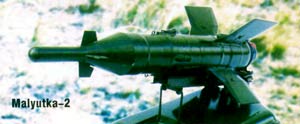 |
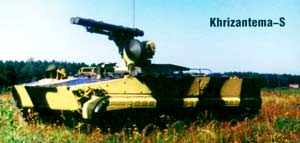 |
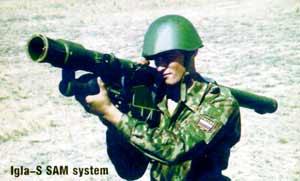 |
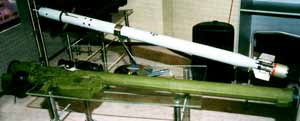 |
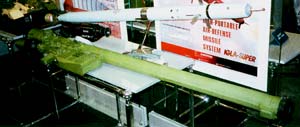 |
Related Articles |
|
Rosoboronexport at Eurosatory 2010 (16.06.2010) |
|
ROSOBORONEXPORT At SOFEX 2010 (12.05.2010) |
|
Rosoboronexport At DSA 2010: Coming To Discuss All Aspects Of Military Technical Cooperation (27.04.2010) |
|
At Defense And Security 2005 3 rd International Exibition Of Defense And Security Technology (25.07.2005) |
